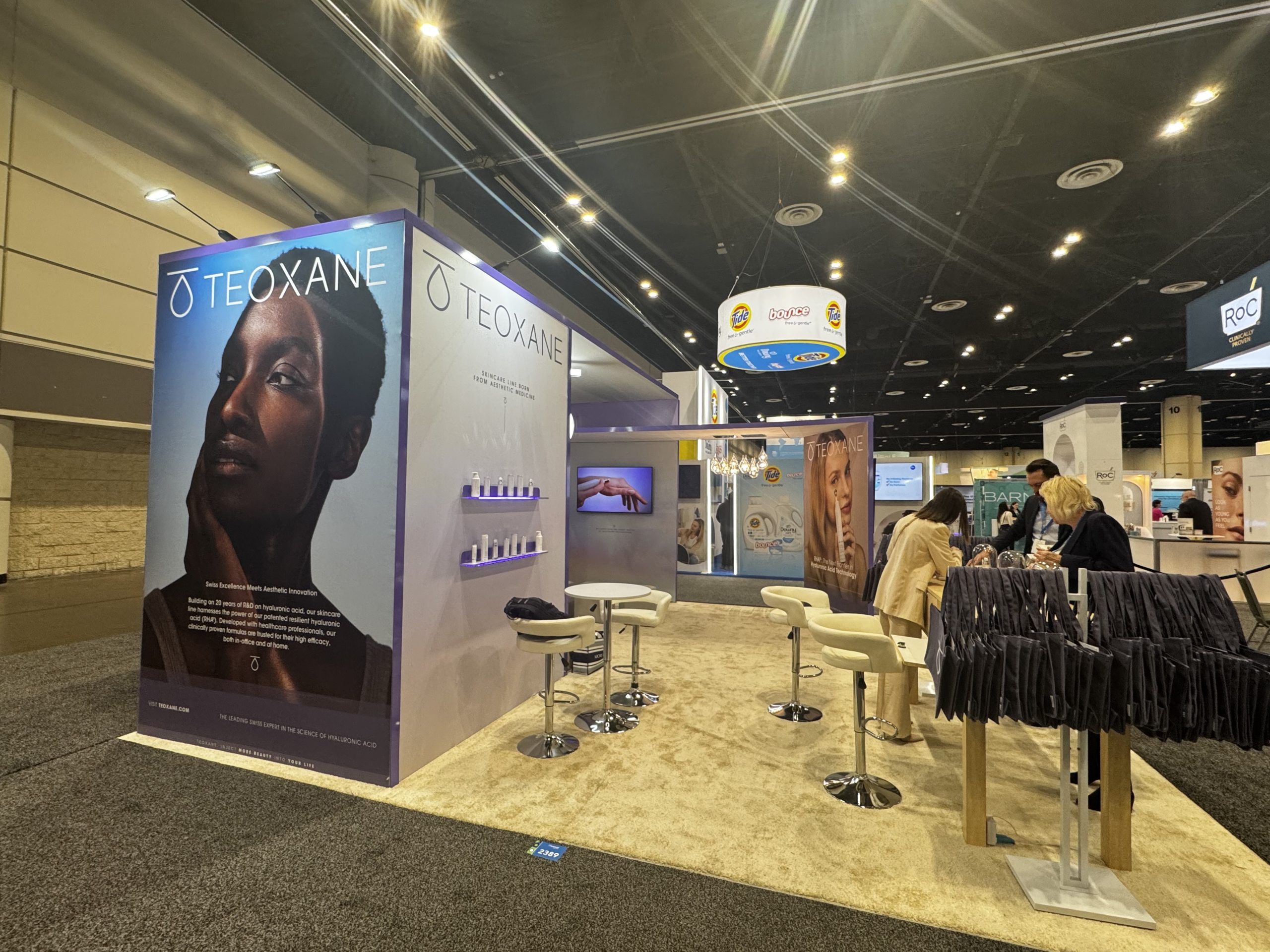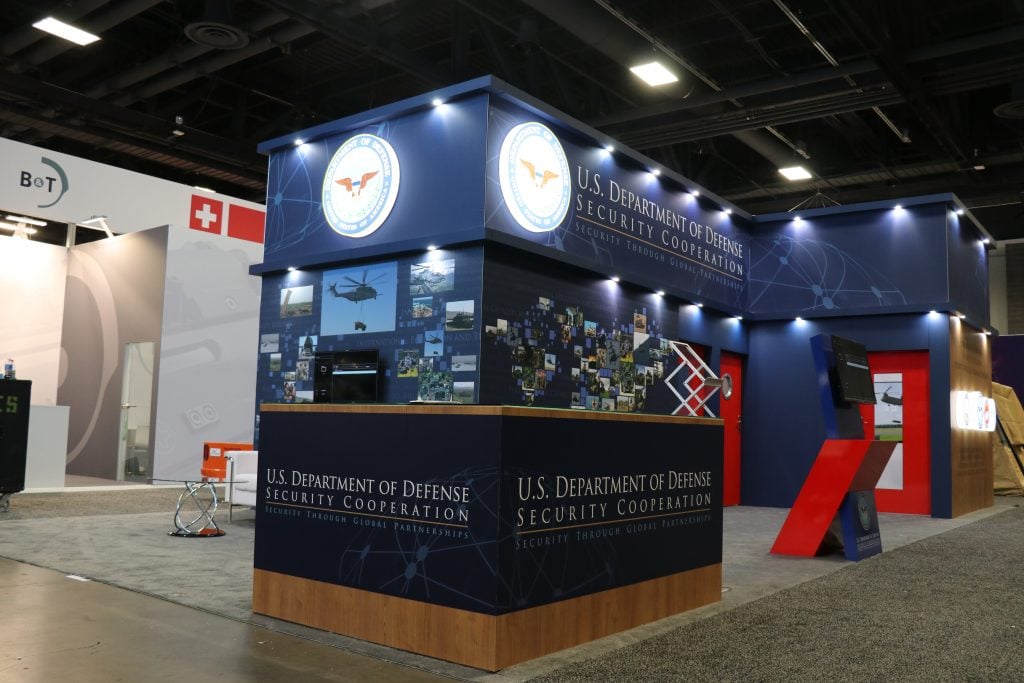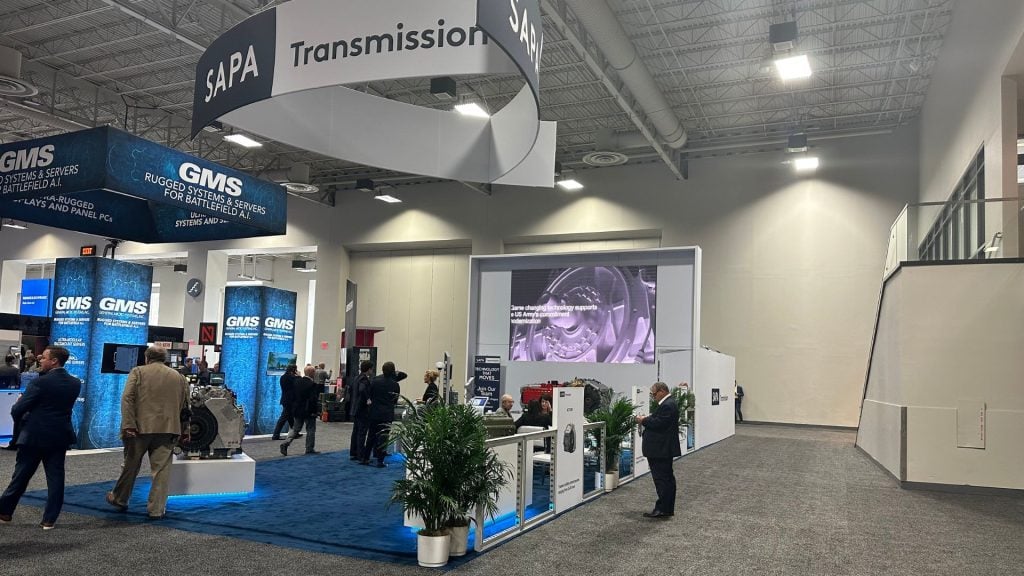
Introduction
In the age of digital transformation, trade shows are no longer confined to the physical world. With the rise of virtual and hybrid events, businesses now have the opportunity to expand their reach, engage with a global audience, and showcase their brand without the limitations of a physical venue.
Virtual trade shows have quickly become a powerful tool for marketers, exhibitors, and brands looking to gain exposure in an increasingly digital landscape. However, to make the most of these events, exhibitors need to approach virtual trade shows strategically, leveraging the unique opportunities these platforms provide.
In this blog, we will explore how you can effectively utilize virtual trade shows to boost your brand presence, connect with potential clients, and generate valuable leads.
1. Understand the Unique Advantages of Virtual Trade Shows
Virtual trade shows offer a number of benefits that physical events simply can’t match. First and foremost, they allow businesses to reach a global audience without the need for travel or location constraints. Whether you’re a small business or a large corporation, virtual events provide a level of accessibility that can help level the playing field.
Additionally, virtual events often come with advanced analytics, which allow exhibitors to track attendee interactions, measure engagement, and gather valuable data on leads and behavior. These insights can help refine your marketing strategy and improve future events.
- Key Benefits:
- Global Reach: No geographical boundaries—attendees can join from anywhere.
- Cost-Effective: Save on travel, booth setup, and logistical expenses.
- Data-Driven Insights: Collect valuable data on attendee behavior and engagement.
2. Design an Engaging Virtual Booth
Much like a physical booth, your virtual booth is the centerpiece of your presence at a trade show. However, unlike traditional booths, virtual booths require an entirely different approach to design. While the physical appearance of your booth is important in a real-world setting, the user experience in a virtual environment is crucial for success.
Solution:
Make sure your virtual booth is visually appealing, easy to navigate, and packed with engaging content. Focus on delivering an interactive experience where attendees can access product demos, view videos, download brochures, or chat live with your team. Incorporate high-quality visuals, branded graphics, and clear calls to action that direct attendees to key information or lead generation forms.
Additionally, consider integrating gamified elements, quizzes, or virtual product tours to encourage visitors to spend more time exploring your booth. This will not only increase engagement but also make your brand more memorable.
3. Make Use of Live Chat and Video Interaction
One of the key advantages of virtual trade shows is the ability to connect directly with attendees through live chat or video calls. In a physical trade show, face-to-face interaction can be limited due to time constraints, crowded environments, or physical distance. However, virtual trade shows provide an opportunity to have meaningful one-on-one interactions with potential clients, partners, or industry experts.
Solution:
Use live chat to answer questions in real time and provide more personalized interactions. Video calls can take this a step further by offering a more human touch to your virtual booth. Whether it’s through one-on-one meetings or live product demonstrations, these interactions can help build trust with your audience and convert leads into sales.
Make sure to have staff available to respond to inquiries promptly. Additionally, ensure that your staff is trained to handle virtual interactions professionally, just as they would in a physical trade show setting.
4. Offer Exclusive Virtual Content and Promotions
To incentivize engagement and entice attendees to visit your booth, consider offering exclusive content or promotions that can only be accessed through the virtual trade show. This could include downloadable white papers, exclusive discounts, or access to a special webinar. By offering unique incentives, you can create a sense of urgency and motivate attendees to visit your booth during the event.
Solution:
Tailor your content to meet the needs of your target audience. For example, if your business offers a software solution, you could offer free trials or product demos. If you’re in the fashion industry, exclusive discounts or behind-the-scenes looks at new collections could drive interest.
By providing value-added incentives, you not only increase foot traffic to your booth but also build stronger connections with potential clients.
5. Utilize Virtual Networking Opportunities
Many virtual trade shows now offer networking platforms that allow attendees and exhibitors to connect based on mutual interests or industry affiliations. These platforms often use algorithms to match exhibitors with relevant prospects, making it easier to find and interact with the right people.
Solution:
Take full advantage of networking opportunities by engaging in virtual networking sessions or connecting with attendees before, during, or after the event. Reach out to potential leads via private messages or set up one-on-one meetings using the event platform’s networking tools. Networking at virtual events is just as important as it is at in-person trade shows, so make sure you actively participate in any available networking functions.
This proactive approach helps build relationships and position your brand as approachable and willing to collaborate with others in your industry.
6. Use Post-Event Engagement Strategies
Once the virtual trade show is over, your work doesn’t end there. Following up with the leads you generated and engaging with attendees post-event is essential for nurturing those relationships and turning them into lasting business opportunities.
Solution:
Send personalized follow-up emails to the contacts you made at the event. Share additional resources, such as case studies, white papers, or demos, to keep the conversation going. Use the data you collected during the event to segment your leads and send targeted content based on their interests and interactions with your booth.
You can also use post-event surveys to gather feedback and improve your virtual booth for future events. This demonstrates your commitment to continuous improvement and helps strengthen your relationship with prospects.
7. Analyze and Measure Success
Finally, one of the most important aspects of participating in a virtual trade show is analyzing your performance. Fortunately, most virtual event platforms offer built-in analytics tools that can provide valuable insights into attendee behavior, engagement levels, and lead generation.
Solution:
Review these analytics to determine which aspects of your virtual booth were most successful and which areas could use improvement. Metrics to watch include booth traffic, time spent in your booth, the number of interactions with staff, and the number of leads generated. These insights will allow you to optimize your future virtual trade show strategies and ensure that your ROI continues to grow.
Conclusion
Virtual trade shows are transforming the way businesses approach marketing, networking, and lead generation. By taking advantage of these events, you can extend your brand’s reach, connect with a global audience, and engage with prospects in meaningful ways.
To succeed in virtual trade shows, focus on creating an engaging virtual booth, offering valuable content, and actively networking with attendees. By following these strategies, you can boost your brand presence, generate leads, and ultimately drive sales in the digital age.


 Global
Global Europe
Europe

